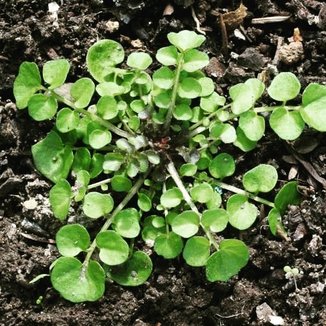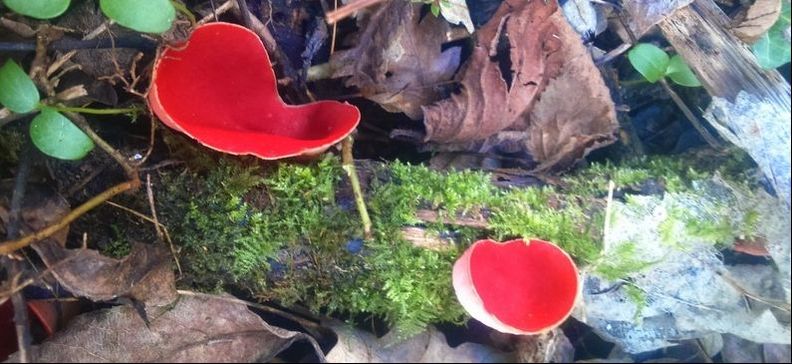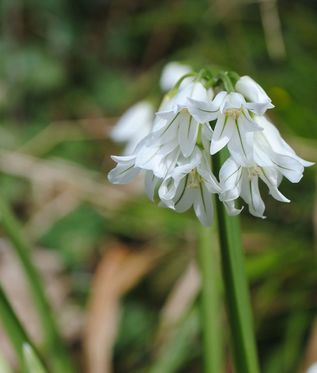|
The days are getting longer, despite snow flurries in some parts, winter is losing its grasp. Spring is starting to take hold and around the UK the first shoots of Wild Garlic are emerging. For many this heralds the start of the New Year’s foraging season, a time to brave the chill and gather some tasty wild morsels. I would like to share a little secret with you; whilst many have been staying cosy indoors, hibernating after the glut of Christmas they have been missing out on a plethora of wild edibles that happily brave the elements. Winter is not as barren as you may think!
As autumn rolls into winter many assume this signals the end of the wild mushroom season, this could not be farther from the truth. In fact one fungi in particular can only be found in the months just prior to spring. Late January to early February sees the emergence of the magical looking Scarlet Elf Cup (Sarcoscypha Coccinea). Its appearance screams “don’t eat me” and in fact some fungi books describe this delight as inedible. Lucky for us studies have shown this not to be true. I love this for its firm texture and due to the nature of its shape it is perfect for creating canopies. See my blog post on 7th Rise for my recipe involving three out of four of these wild ingredients.
There are many more wild delights to be found during the darker months and we have barely scratched the surface. I can’t give away to many secrets on here but please spread the word. For foraging there is no wrong weather, just the wrong perspective. Grasp those few daylight hours, or if your mad like me don a head torch after dark, wrap up and enjoy a year round wild harvest.
0 Comments
Leave a Reply. |


